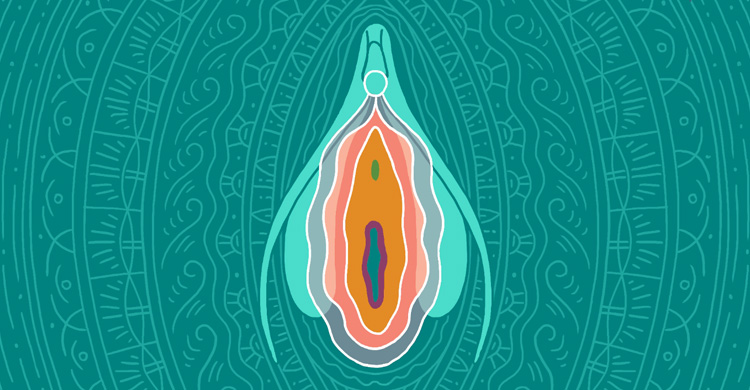
Bartholin’s cyst occurs when the Bartholin’s glands in women responsible for lubricating the vagina become filled with fluid. The openings of the glands located on both sides of the vaginal entrance can sometimes become blocked, causing the gland fluid to accumulate inside, leading to the development of a cyst.
Cysts are usually soft and painless, thus rarely causing serious problems. However, they can become infected, leading to a painful mass filled with pus called an abscess. It is also possible for the cyst to enlarge and cause discomfort, interfering with sitting, walking, and other activities.
Bartholin’s cysts generally occur on only one side of the vaginal opening. Approximately 2 percent of women are at risk of developing Bartholin’s cysts, especially those in their twenties and thirties. As women age, the likelihood of experiencing this health issue decreases, as the glands tend to shrink in one’s thirties.
Bartholin’s cysts form when there is blockage at the gland opening, causing the gland fluid to accumulate and form a cyst. Often, the exact cause of this blockage or obstruction is unknown. Although rare, Bartholin’s cysts can also be caused by sexually transmitted diseases such as gonorrhea and chlamydia. Vulvovaginal surgery can also contribute to this reproductive disorder, although it is uncommon.
Treatment for Bartholin’s Cyst
There are several treatment options for Bartholin’s cysts, including:
-
Initial Treatment
Doctors recommend soaking the cyst for 10 to 15 minutes with warm water, 3 to 4 times a day. Alternatively, compressing the cyst with a warm, damp cloth may be helpful. Doctors may also prescribe pain relievers such as ibuprofen or acetaminophen.
-
Treating Abscesses
If the cyst becomes infected and forms an abscess, doctors may prescribe antibiotics to clear the infection. After successfully treating the infection, doctors may recommend draining the cyst, especially if the abscess is large.
-
Draining the Cyst and Abscess
Bartholin’s cysts can be treated by draining the cyst and abscess. Procedures may involve inserting a catheter to drain fluid from the abscess or cyst. If the cyst or abscess recurs, doctors may perform a marsupialization procedure.
-
Silver Nitrate Gland Ablation
Silver nitrate is a mixture sometimes used in treatment to cauterize blood vessels to stop bleeding. Silver nitrate causes the cyst cavity to form into small, solid lumps. After 2 or 3 days, the silver nitrate and any remaining cyst material are expelled or fall out on their own.
-
Carbon Dioxide Laser
Carbon dioxide lasers are used to create holes in the vulvar skin so that the cyst can be drained. Cysts can be removed using laser treatment or left alone with small holes to allow fluid to drain naturally.
Those are some treatment options for Bartholin’s cysts. Some methods are still uncommon or only performed in certain countries. Consult your doctor for the best approach to managing this condition.




